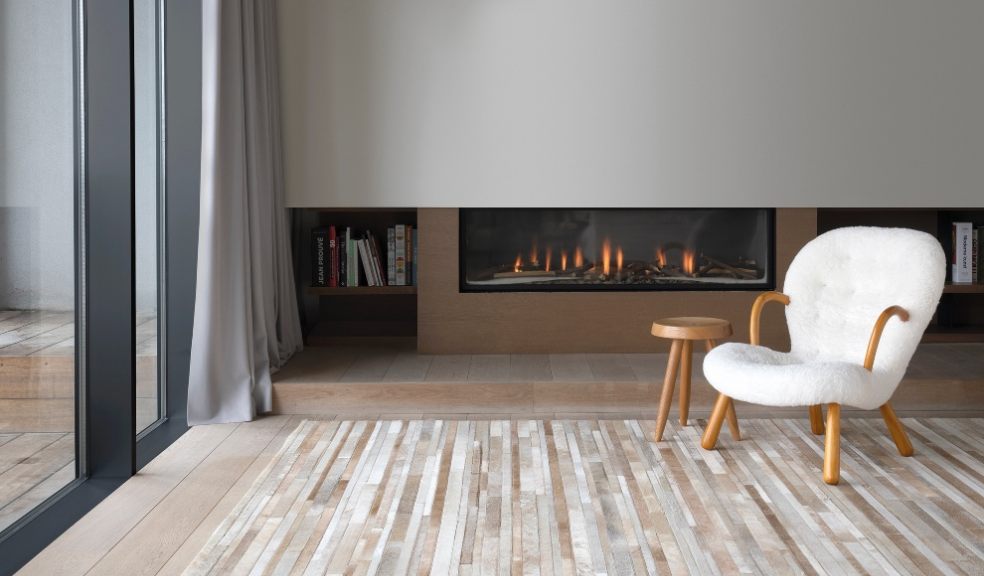
Trade body tips for insulation under the Green Home Grant Scheme
Insulation projects are likely to be on the radar for homeowners itaking advantage of the government’s new Green Homes Grant Scheme.
With support offered for works to make homes more energy efficient, householders will be considering next steps to take to introduce new measures.
However, national trade body the Property Care Association (PCA), is urging caution in the process when it comes to installing insulation.
PCA technical manager, James Berry, says lessons from the past need to be applied to ensure homes are not left with long-terms problems in this latest round of investment from the Government.
Mr Berry said: “While we are supporters of the Green Homes Grant Scheme and welcome its introduction to help improve the housing stock across the country, we need to keep an eye on some of the issues caused in the past by poorly installed insulation.
“When applied property, insulation is invaluable to keep homes warm and comfortable and to address excessive energy usage.
“However, over the years we’ve seen the problems caused by poorly designed, badly executed, rushed and ill-maintained retrofit insulation in previous schemes supported by government.
“Householders should be aware of the issues, to prevent the same problems arising again.”
The PCA has developed a checklist of some of the issues to consider before undertaking roof, cavity wall, interior and exterior insulation works
The eight-point plan includes;
Building type – consider whether your building is suitable for retrofit insulation. Some properties, such as steel frame houses, are not suitable.
Listed or protected buildings - if your building is listed or in a conservation are you will need to contact the appropriate authority prior to any works.
Existing Damp problems - any damp problems should be addressed prior to any retrofit insulation measures taking place.
Consider the size of cavities - If a cavity is too small, it may be difficult to install insulation or the insulation may allow water to track across the void.
Cavity Wall Ties - an essential component to all cavity walls, these can corrode if they become wet, so make sure these are replaced prior to installation if required.
Pointing, gutters and window sill drips - external defects in these areas will allow excessive water to potentially lead to compromised performance of insulation and even cause damp problems.
Ventilation – there’s a saying, ‘ventilation before insulation.’ Good air movement will help ensure humidity levels are controlled and that damp is not trapped through the addition of insulation. It is vital that any vents used to provide ventilation for solid fuel burning appliances are kept clear.
Orientation – bear in mind that cavity wall insulation does not always perform well in properties in exposed locations and in areas of strong, wind-driven rainfall.
Mr Berry added: “This is just a snapshot of some of the things to consider for roof, cavity wall, external and internal ventilation.
“It can be a complex area and the best course of action for homeowners is to arrange for detailed pre-installation checks on their property before any insulation is applied.
“That element of pre-planning will help avert major issues emerging in the future.”













